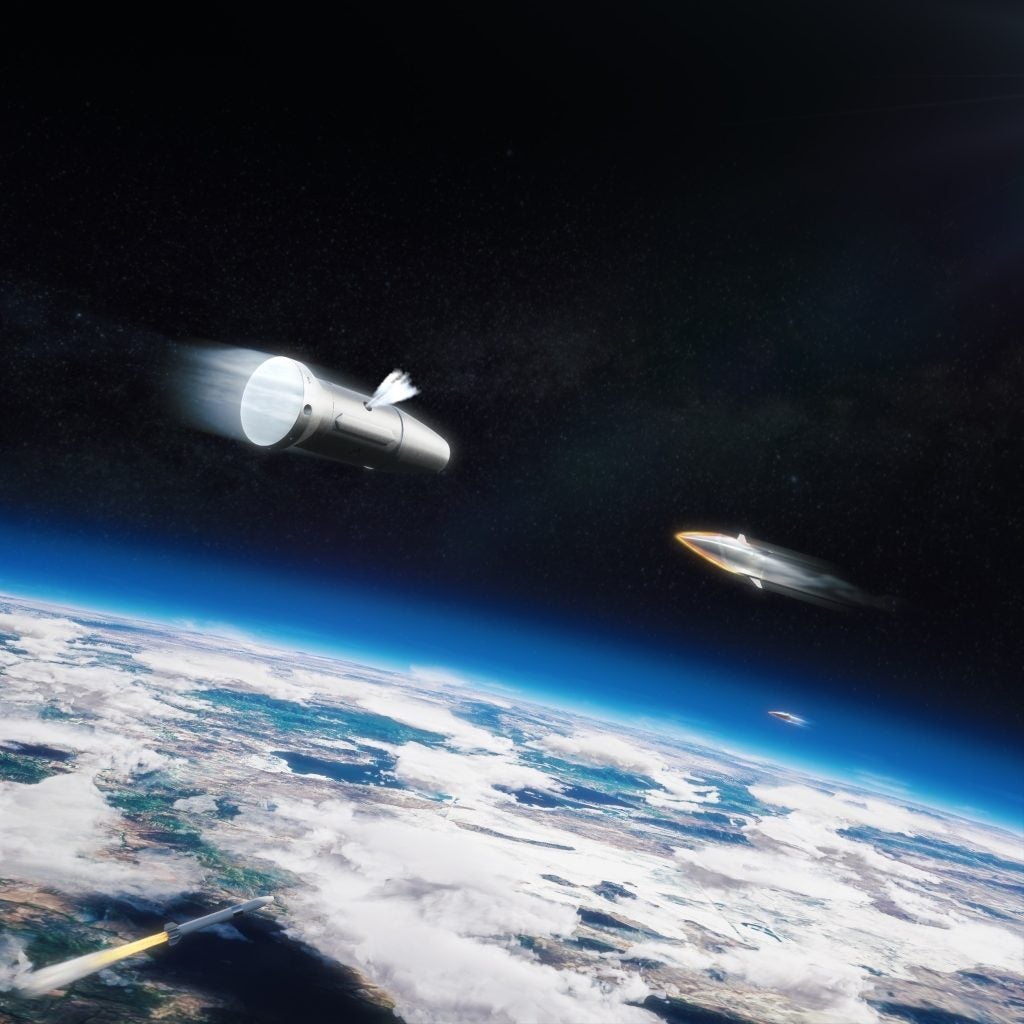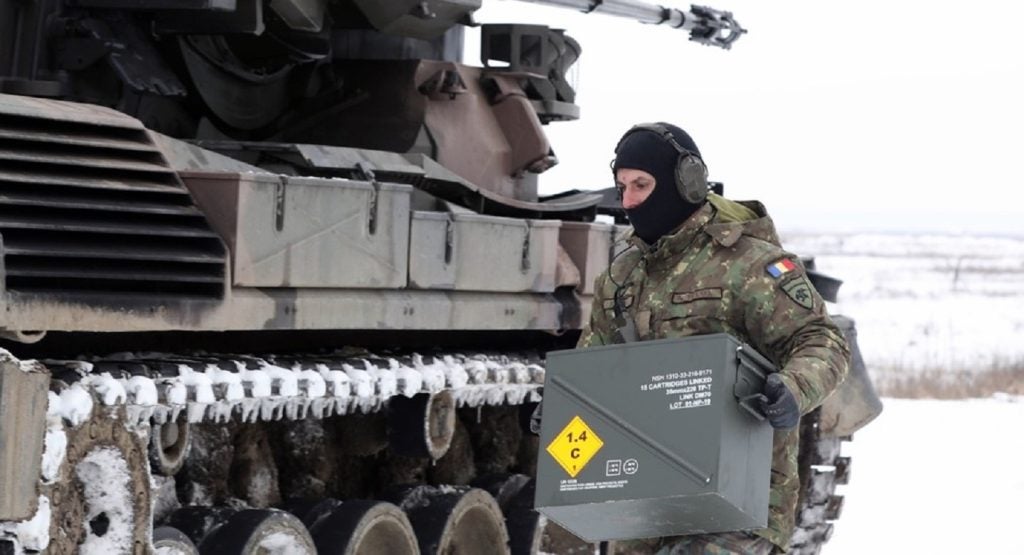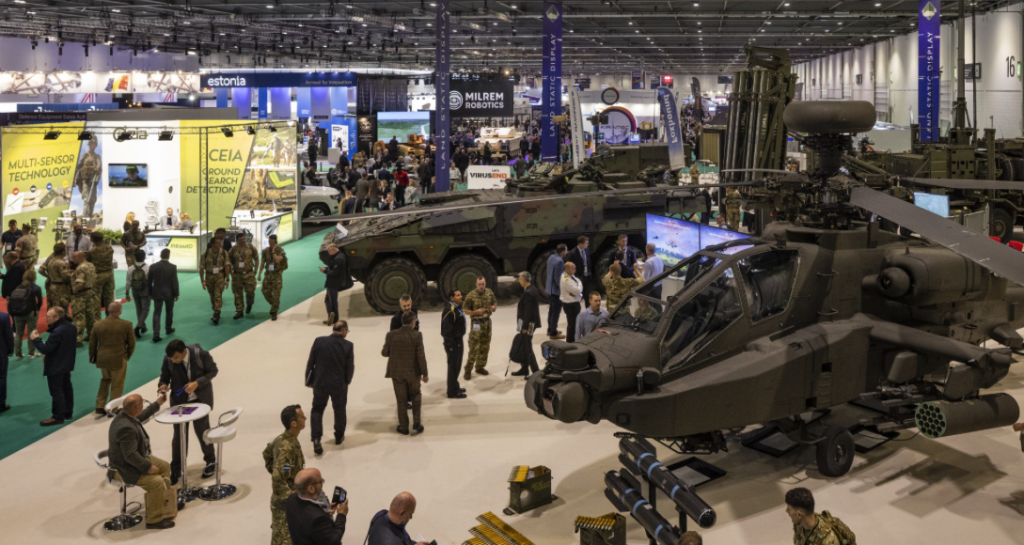MBDA, leaders of the Hypersonic Defence Interceptor Study (HYDIS) consortium researching ground and naval-launched hypersonic-missile interceptors, announced 2 August that the project framework has been proposed for funding by the European Commission through the European Defence Fund (EDF) 2023 work programme.
The emergence of new threats, including manoeuvring ballistic missiles, hypersonic cruise missiles and hypersonic glide vehicles, represents a challenge for European and NATO air defence systems. The EU’s revised 2018 capability development plan identified shortfalls in capabilities for anti-access area denial and ballistic missile defence capability, and made Air Superiority one of its 11 EU capability development priorities.
The HYDIS project is a component of European states' contributions to the mission of defending populations and armed forces against emerging hypersonic threats that represent a radical shift from ballistic threats. The consortium contributes to the AQUILA concept - which received €80m ($87.2m) without a call for funding through EDF’s 2030 work programme - for an endo-atmospheric hypersonic interceptor capability that can reach 100km above the surface of the Earth.
As of 30 March 2023, €123m of EDF funds had been earmarked for projects in air and missile defence, for the development of counter-UAS capabilities and an endo-atmospheric interceptor, from a total of €1.2bn that the EDF will provide for defence Research Design and Innovation (RD&I).
Global missiles and missile defence market is set to reach $67.5bn by 2033, according to GlobalData’s “The Global Missiles & Missile Defense Systems Market Forecast 2023-2033,”
The goal of HYDIS is to design various interceptor concepts and mature the associated critical technologies in order to deliver the best interception solution that meets the needs of the four member countries – France, Italy, Germany, and the Netherlands – while also complying with the European TWISTER capability programme.
MBDA has worked for five years on options for counter-hypersonic air-defence, and has brought together a consortium of 19 partners and 30 subcontractors across 14 European countries to form HYDIS. In GlobalData’s report on Hypersonic Technologies (2022), we find that the key advantage of hypersonic technology is speed, and the capability to adjust course during fight - providing conventional missile defence technologies with a challenge beyond that provided by other ballistic missiles.
In comments from 20 June, Eric Béranger, CEO of MBDA, said the project will help to strengthen Europe's sovereign missile systems industry by sustaining and developing critical expertise, technologies, and materials, thereby increasing European industrial competitiveness. “The technologies in the hypersonic domain are evolving, and it is a priority for MBDA to remain at the forefront of innovation, guiding Europe towards the most efficient solution to counter hypersonic threats.”
The HYDIS partners are ArianeGroup, AVIO, Avio Aero, Bayern-Chemie, CIRA, DLR, GKN Fokker, LYNRED, MBDA España, MBDA France, MBDA Germany, MBDA Italia, OHB System AG, ONERA, ROXEL France, THALES LAS France, TDW, THALES Netherlands and TNO.
In June 2023, Rafael revealed its own hypersonic interceptor, Sky Sonic, with manoeuvrability and speed capabilities at ten times faster than the speed of sound.











